CHET Framework
Learning the CHET framework to develop effective facilitation demonstrations
Overview
This element of your membership experience is designed to show you the learning materials the participants you’ll be practicing with will use to prepare for their practice sessions with you. It is essential that you learn to demonstrate this critically important sales messaging framework in this step of learning to facilitate SalesGym’s demonstration driven practice drills system.
This guide gets us started with our first topic, “Using our competitive advantages and open-ended questions more effectively”. This guide along with the demonstration video and worksheet will help you understand this new framework you’ll be working with your SalesGym Coach to be able to facilitate on your own.
A key to the entire SalesGym delivery system is how we develop the online learning materials that participants review to prepare for their practice sessions with you. These learning materials are what make it possible for us to get immediately into practice and spend minimal time explaining the concepts they’ll be practicing.
Influence Dynamics: 7 Core Blocking & Tackling Skills
Most facilitators that learn SalesGym’s approach get certified on a variety of practice drills and frameworks that dramatically increase the odds of success on any sales interaction.
The topic you’re working on in your first drill is about sales messaging. There are a number of other skill areas that other drills and frameworks help develop.
Skill 1: Sales Messaging
Your ability to speak, explain and talk about your competitive advantages and what differentiates you in a clear and compelling way
Skill 2: Effective agendas
Your ability to start meetings in a way that gets you into asking and listening mode so you'll be more effective later in the influence process
Skill 3: Questions & Listening
Your ability to ask relevant, open-ended questions that lead the conversation in a way that reduces resistance while increasing receptivity and rapport
Skill 4: use of summaries
Your ability to use summaries strategically to demonstrate your understanding and transition into solutions, recommendations and next steps
Skill 5: Tailoring solutions
Your ability to bring in insights you learned while listening to the decision makers to tailor your solutions and recommendations so they resonate more deeply
Skill 6: Asking for the order
Your ability to naturally set up your conversation and ask for the order or next commitment in order to keep the sales process progressing
Skill 7: selling into resistance
Your ability to confidently handle resistant decision makers and and pique their curiosity to meet and discuss their situation
Sales Messaging Skills
Sales messaging is our ability to answer the most fundamental questions any decision maker or influencer has that is considering doing business with us would have … such as:
- What makes your company different or better than other similar companies you compete with?
- What value to you bring to your customers that your competitors don’t?
- What is it, more than anything else, your customers prefer about your company?
- How can you help us in ways other similar companies can’t?
- How can we be sure you’ll deliver on the promises you’re making?
- Why should I schedule a meeting with you and what will I get out of it?
The salespeople you work with need the skills and confidence to answer these questions, whether they get asked directly or not. How they respond to these questions is the DNA of their selling skills and we call that sales messaging. The better they get at understanding and communicating their differentiating factors and value proposition elements, the better their sales results will be.
Sales Messaging Should Open Up The Conversation
As we practice our ability to respond to these questions, it’s critical to understand that the purpose of our response to any question we get or introduce into the conversation, is to lead into a relevant and effective open-ended question and never use closed-ended questions like:
- Does that answer your question?
- What other questions do you have?
- Does that make sense?
- How does that sound?
- Is this something you’d be interested in hearing more about?
Throughout this program, we will work on our ability to focus our sales messaging on our core differentiating factors and value propositions, while always leading to relevant and conversational open-ended questions. In the practice on this topic, it’s important for you to develop questions that tie directly into the competitive advantages you emphasize.
Our sales messaging practice framework
To practice getting better and better at this skill, we’re going to learn to respond to questions most decision makers and influencers have similar to those listed above in this guide. Specifically, in this session, the two questions we’ll be responding to are:
|
|
CHET is a process to respond to questions and a perfect way to practice communicating competitive advantages in a concise way that leads to engaging open-ended questions. The CHET flow allows us to highlight specific differentiating factors and integrate what our strongest customers would say if explaining to their peers what makes our company and products so unique and valuable to them.
This communication framework is built around cushions, headlines, explanations with customer-oriented phrasing and relevant open-ended questions that lead to more opportunity. It’s an ideal process to focus our communication on what matters most to the decision makers and influencers we are trying to influence.
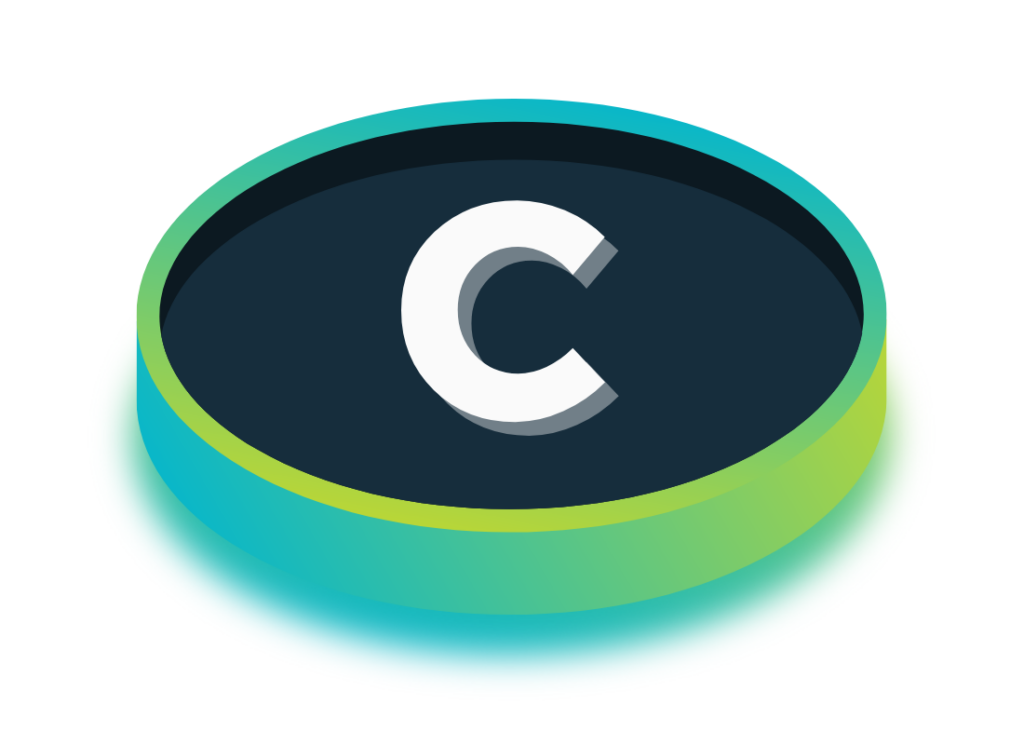
cushion
Short, conversational phrase to take the friction out of our response
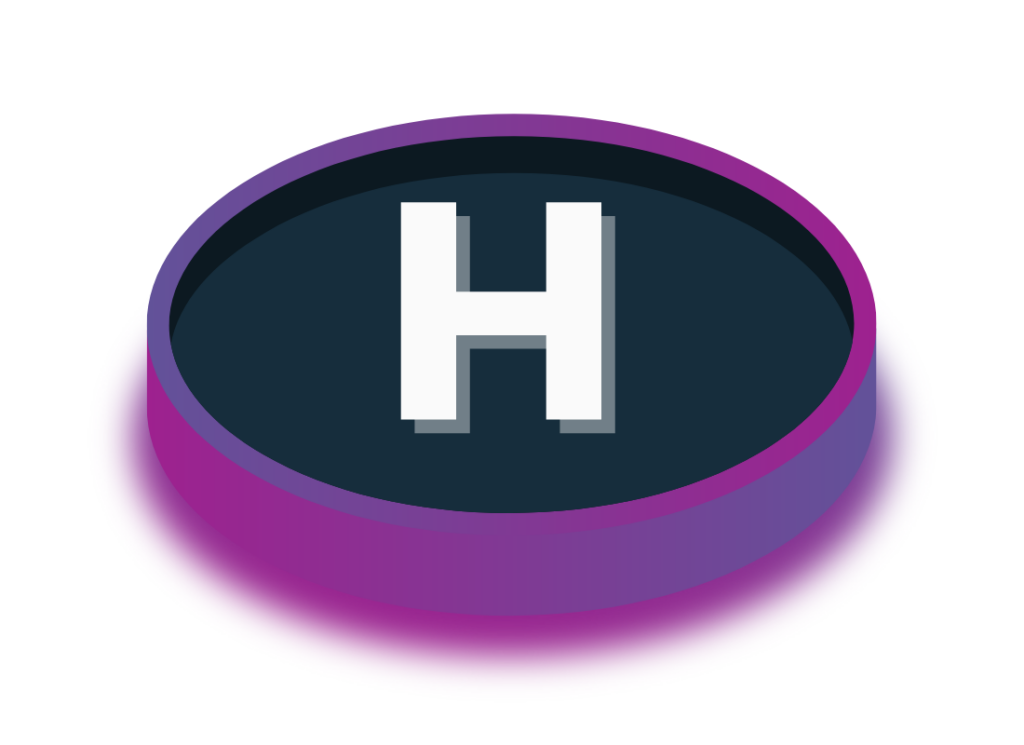
headline
Introduce a concise “headline(s)” with customer-oriented phrasing
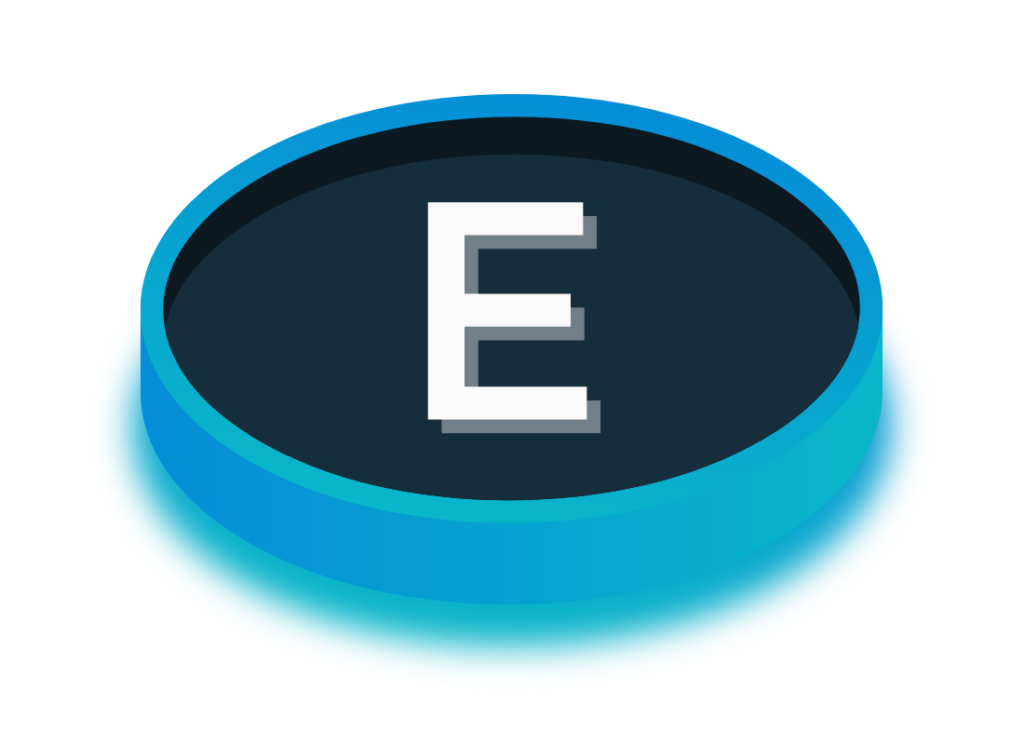
explain
Explain the “headline(s)” using customer-oriented phrasing
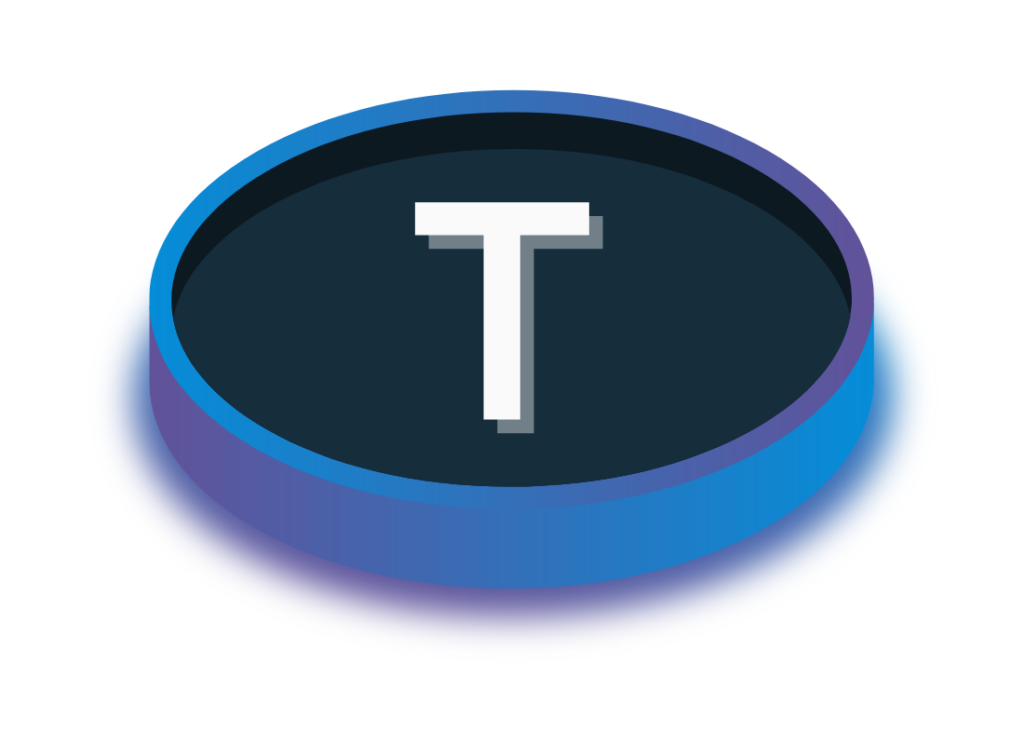
transition
Use a relevant, conversational open-ended question at the end of your response
CHET influence keys
- The response should intentionally lead to a question that opens up the conversation.
- Short, memorable headlines that pique curiosity should quickly highlight a significant competitive advantage.
- Explain the headline with concise examples of how other customers would explain what that headline means to them.
- Transition out of your response with open-ended questions that are directly tied to the headline that encourage the decision maker(s) to talk about issues we can help them with.
Customer-Oriented Phrasing
Top performing sellers use a lot of customer-oriented phrasing that explains their competitive advantages and differentiating factors from the perspective of their customers. Sometimes we call this “peer-to-peer phrasing.” Below, you’ll see examples of how this applies to how we explain SalesGym to a decision maker interested in our training method.
Example 1: Responding to the question: What makes SalesGym different from your competitors?
More Typical Seller Phrasing Example (Less Effective)
At SalesGym, we stretch the training out over a period of 10-12 weeks which makes it easier for participants to retain what they’re learning and apply the new skills while they’re going through training.
Customer-Oriented Phrasing Example (More Effective)
What sales executives like yourself tell us is quite different about SalesGym is how we don’t compress the training into a day or two. A sales executive recently tole me, “You know, Jim, what I like best about how you train our team is that it’s delivered in bite sized pieces our salespeople can learn and practice one step at a time. There’s much more repetition and coaching so what they’re learning is really sticking and they’re using it on their sales calls…”
Example 2: How a digital advertising salesperson might use this approach. Same question: What makes your company different from other digital advertising agencies?
More Typical Seller Phrasing Example (Less Effective)
Our new data focused approach identifies customers at the moment they make decisions, giving us a better way of targeting the people you want to reach …
Customer-Oriented Phrasing Example (More Effective)
What I hear from many of our customers regarding what they like most about this new social platform advertising strategy is it’s bringing new, 25-45 year old customers into their stores on the weekends in a way that other, more traditional radio and print approaches weren’t able to do …
This kind of phrasing, when used throughout the sales process, is extremely powerful and something we’ll practice getting better at.. We cannot emphasize enough how big an impact mastery of this approach will have on your sales results.
And remember, open-ended transition questions are the most important element of the CHET process. Eliminating the repetitive use of closed-ended questions will increase your sales and make the entire sales process less stressful and more engaging for both you and the decision makers you meet with.
Example #1 of CHET Framework
Let’s take a look at what an example C-H-E-T response might look like when we put it all together. Using SalesGym as an example, here’s how we might answer this question when speaking with a Sales Executive at a large, global financial services firm.
"What is SalesGym doing that's better or different than what we're doing now?"
Example C-H-E-T Response:
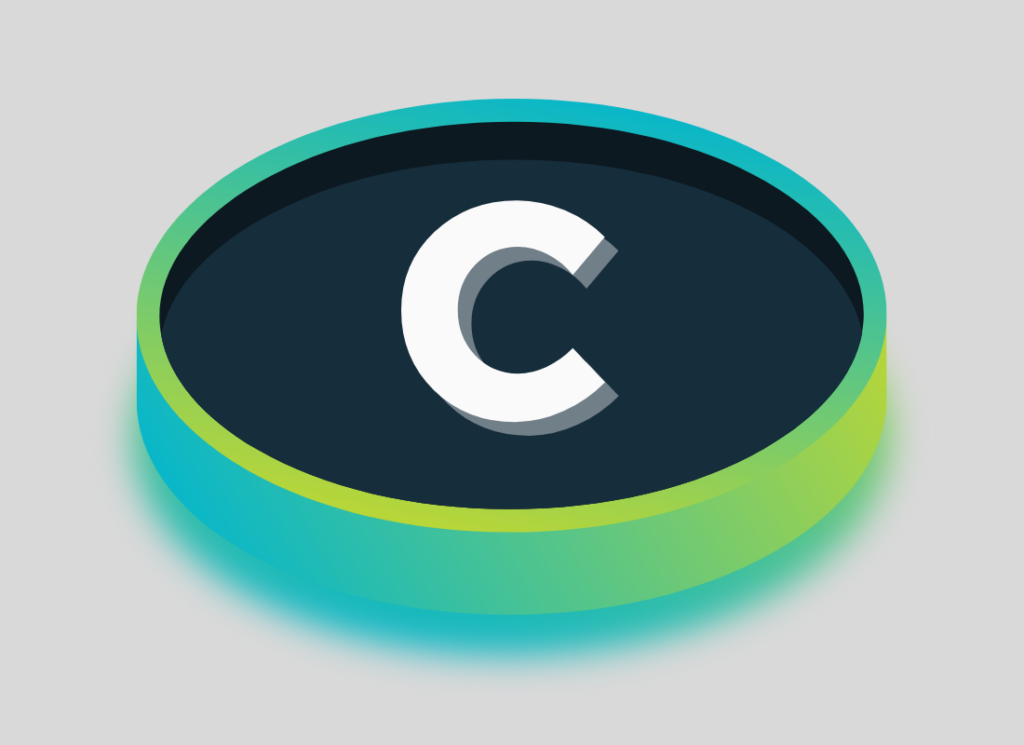
That’s a great question and if you were to ask sales executives like yourself from other large financial services institutions this question, I think the number one thing they would mention wold be …
(Keep the cushion concise and conversational)

It’s the higher level of practice and coaching that their Financial Advisors receive in the training that really moves the needle. Let me explain what it is they tell us pretty consistently…
(Notice how the headline is concise and piques curiosity to hear more)
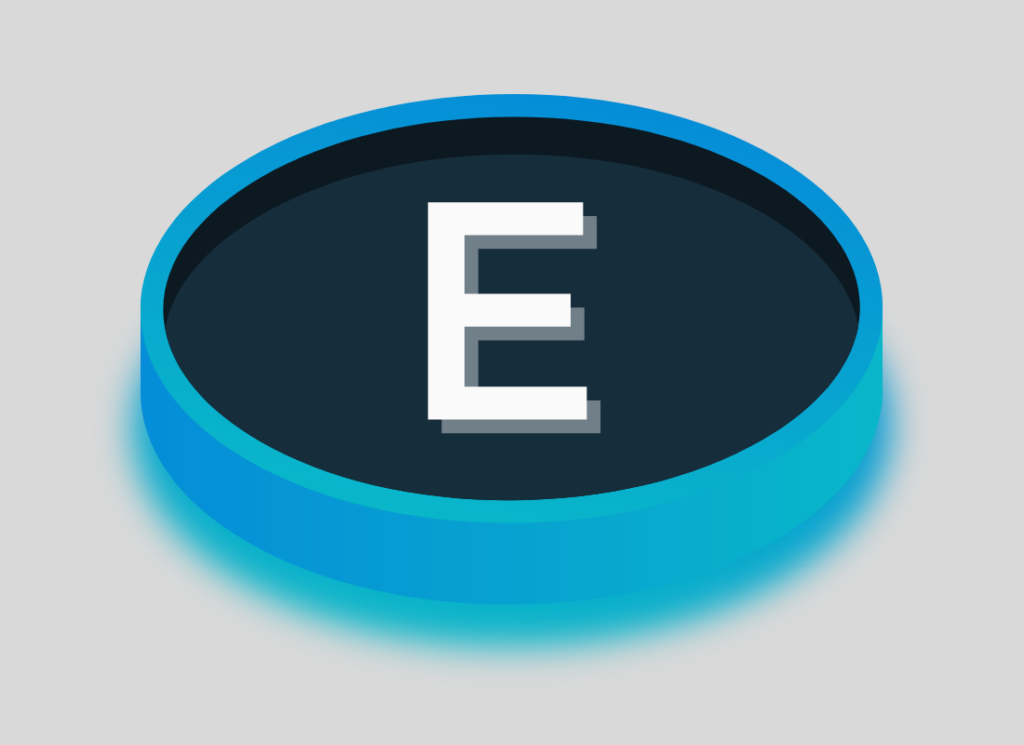
Recently, I was on the phone with a Sales Executive at a global bank and he said, “You know, Bill, what’s happening with our small business bankers that are in your program is pretty remarkable. They’ve gone through a lot of training in the past but what you guys at SalesGym are doing is completely different. Those weekly practice sessions along with the incremental goals they’re setting is having much more impact. They’re asking better questions, listening, uncovering more needs they can respond to and articulating our value proposition in a much more dynamic way. I think it’s all because of how challenging the coaching is. You really give them a workout each week that sticks!”
And this is what you’ll hear from all of the companies we work with. The practice is more intense and the coaching far more challenging to break those bad habits that lower their odds of success.
(It’s important to use the voice and opinions of other clients or customers when explaining the details behind the headline)
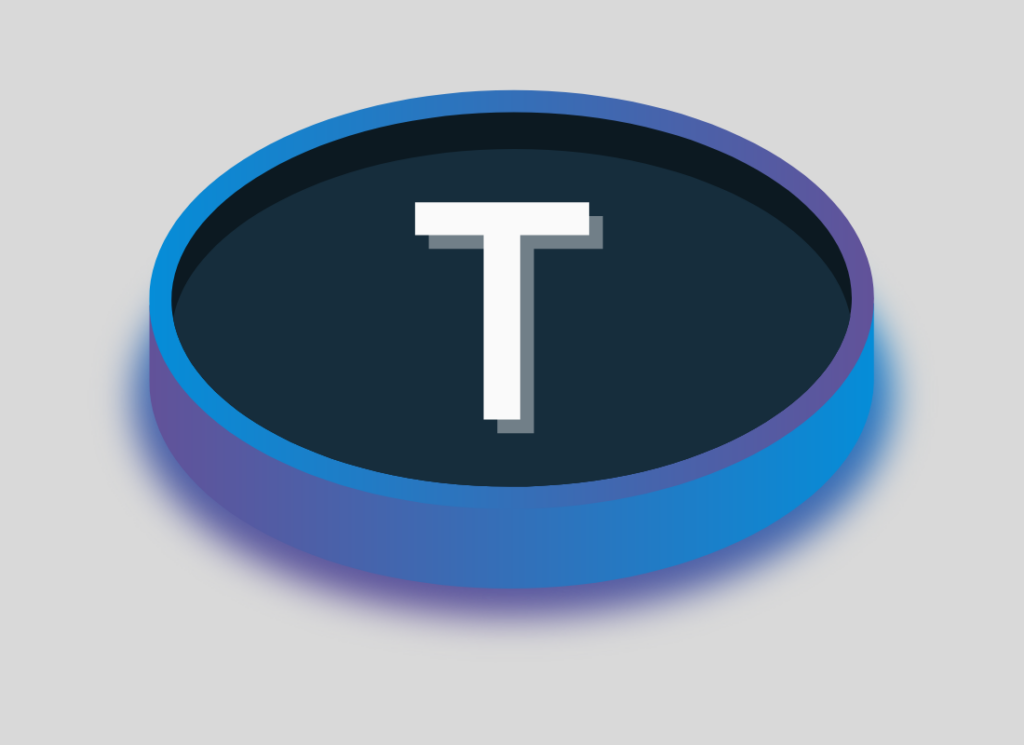
With that being said, I’m curious what you notice when you observe your Financial Advisors meeting with clients and prospects in terms of the odds lowering mistakes you see them making you would like training to fix?
(The open-ended question must tie directly into the headline)
Analyzing what we're doing with these CHET responses
|
|
|
|
Value Proposition Elements / Competitive Advantages
Ideally, we use headlines that are interesting and memorable. The headlines we identified for your company that would be ideal for you to focus your sales messaging in your headline and explain step would be:
- NFTE is a turnkey solution
- NFTE’s decades of experience and wide variety of resources and personalized support allows schools and districts to achieve their more practical goals and to also achieve a level of entrepreneurship excitement that opens doors for more students. NFTE has all of the resources to simplify the process for teachers and administrators.
- NFTE provides a comprehensive curriculum that is project based
- NFTE’s project-based learning methodology develops the transformational workforce skills kids need while helping teachers learn more dynamic and effective project-based learning facilitation skills.
- NFTE has extreme expertise in connecting kids to entrepreneurs that will inspire them at meet them where they are
- NFTE connects kids to entrepreneurial community leaders they can relate to and build relationships with through events, workshops and guest speakers. These interactions can lead to relationships that open future doors.
Potential Open Ended Questions
- What are the strengths and gaps in your current entrepreneurship programs as you compare what you’re doing against what is possible with NFTE level support?
- What help do you need in meeting various goals and standards based objectives you are focused on?
- What are your goals in the CTE Pathway?
- What skills do your kids need for workforce preparedness and development? What are you doing to meet those needs?
- Where are the gaps in your entrepreneurship program? (“Workforce development pathways” is a great phrase)
- What is your ultimate goal and why do you value NFTE? How can we take you to the next level?
- How can we help you with your objectives related to CTE ( Small Business Certification). What has been the success rate with the school currently?
How to prepare for our practice session...
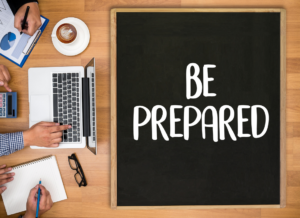 The practice session with your SalesGym coach will be fast-paced and will give you an opportunity to hear and learn from your peers while improving your ability to use headlines, customer-oriented phrasing and relevant, engaging questions. To prepare for the best possible experience, we suggest the following:
The practice session with your SalesGym coach will be fast-paced and will give you an opportunity to hear and learn from your peers while improving your ability to use headlines, customer-oriented phrasing and relevant, engaging questions. To prepare for the best possible experience, we suggest the following:
- Think of a decision maker or influencer you would like to do more business with that you know reasonably well. This should be a person you’ve met, asked questions of and understand their needs. This will help you more realistically practice with a tailored response.
- Download the worksheet and use it to prepare your CHET response(s) as though you were speaking to that decision maker you’ve identified.
- It’s best not to script out your response word-for-word, but create bullet points that help you focus on the message you want to communicate. This exercise is about communicating in a conversational and natural way.
- Remember, the transition question at the end of the CHET process is extremely important. Avoid closed-ended questions. Think of a question that connects directly to your headline and ideally, helps expose a need or pain point the decision maker might have.

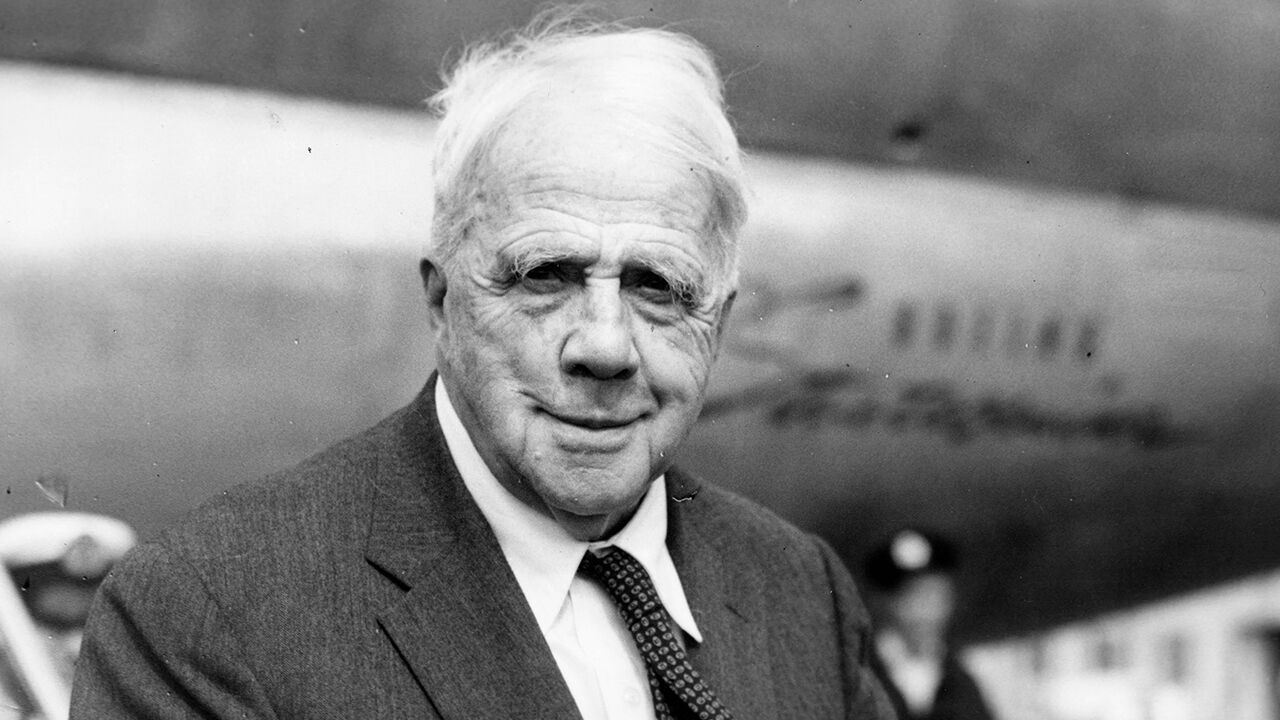
Half the world is composed of people who have something to say and can’t, and the other half who have nothing to say and keep on saying it.

